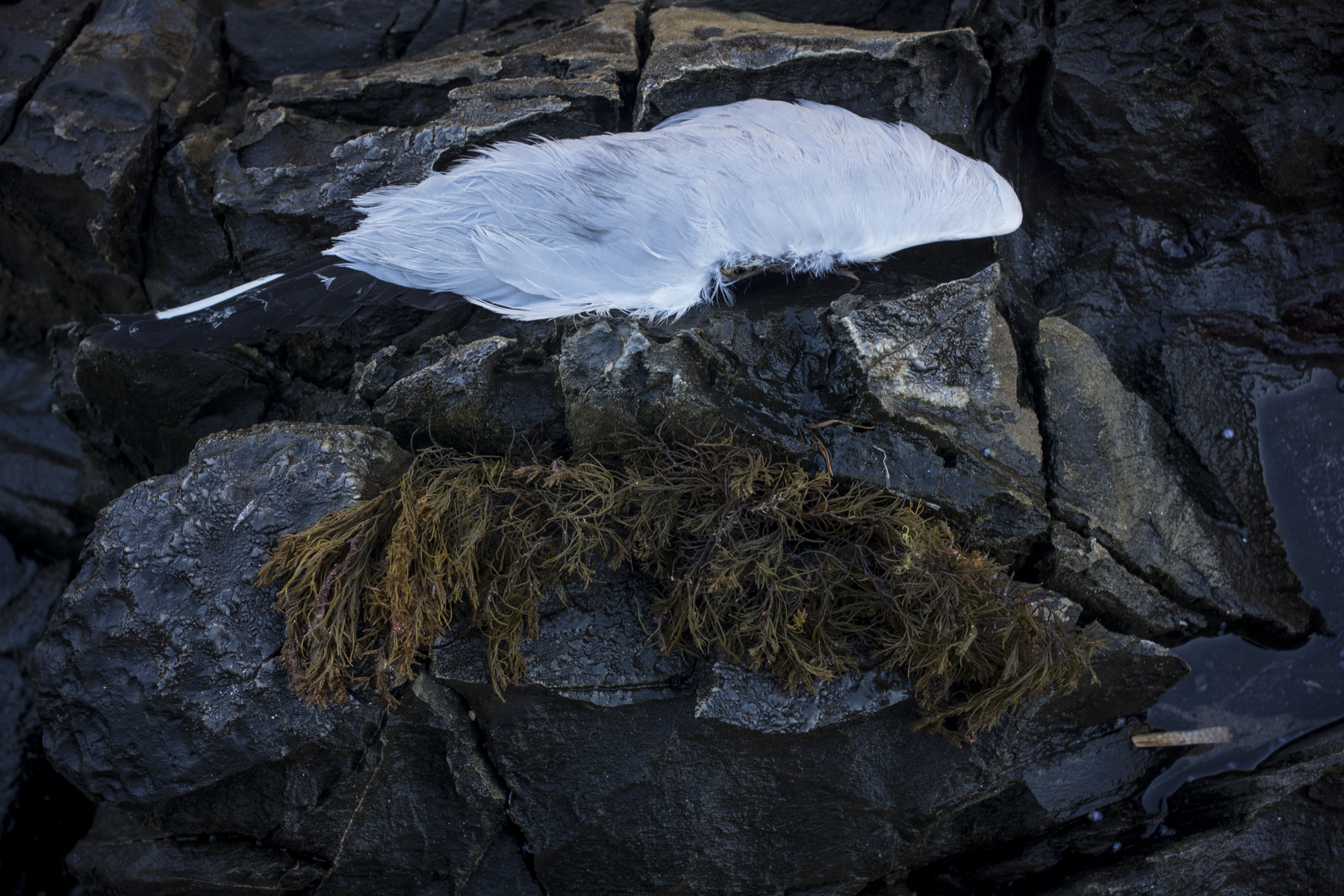The rockpool picture was taken in low light in the late afternoon, as was the one of the rockface below. There is recoverable detail in dense shadow areas, whereas the Sony DSC R1 would have produced a lot of ugly noise in the deep shadows. So digital technology has improved over the last three years.

The next step is to do create something with this technology that is different from film.
In his blog Joerg Colberg argues that photography currently faces its own existential crisis. His argument is that photography has increasingly become dominated by nostalgia and conservatism and that it is digital photography that has resulted in the current stasis of the medium. What he has in mind are the pictures being created on on “smart” phones, using “apps” – fake analog images. He says that the digital world falls crucially short here, for more reasons than one:
First, there really is nothing at stake.There is no artistry here other than the application of some software filter that in a very deterministic way makes your new digital photograph look old. So there is no chance. Art without a trace of chance, a trace of an accident isn’t art … What is more, it’s deeply reactionary, but in an uncommitted way. You could, for example, buy a real old camera and stuff film into it, to create your genuine old-timey photographs, but that effort isn’t even made. It’s a pointless nostalgia, where you’re yearning for just that one aspect of the past without all the rest.
He asks that now that we’ve done all that stuff that you can see in history-of-photography books, now that we’ve become obsessed with re-creating that past over and over again – how can we turn around, to look at and move into the future? It’s a good question.

